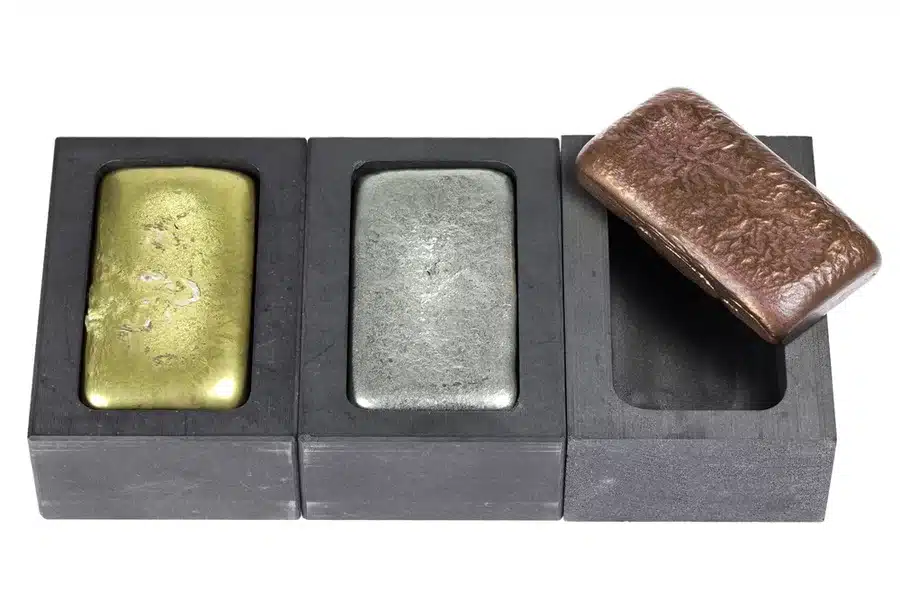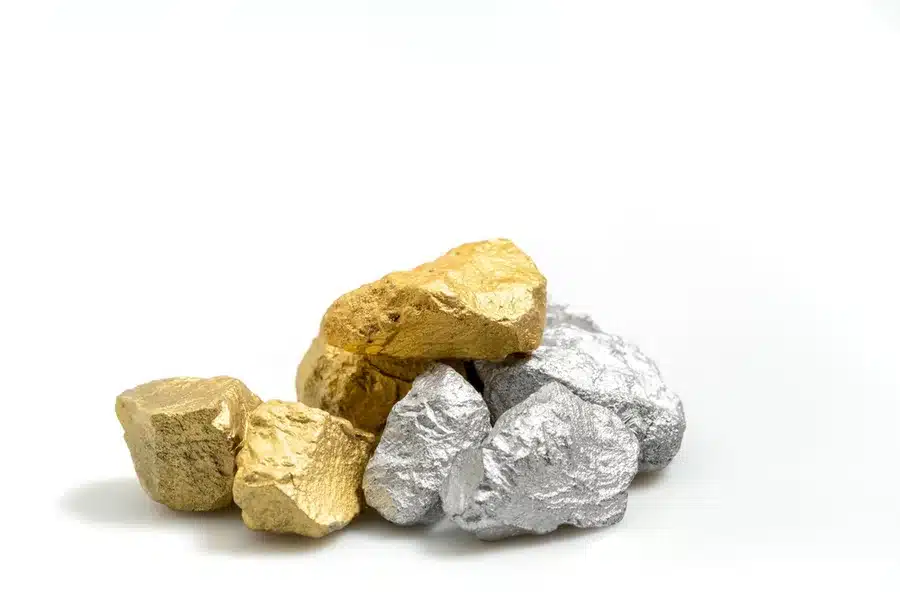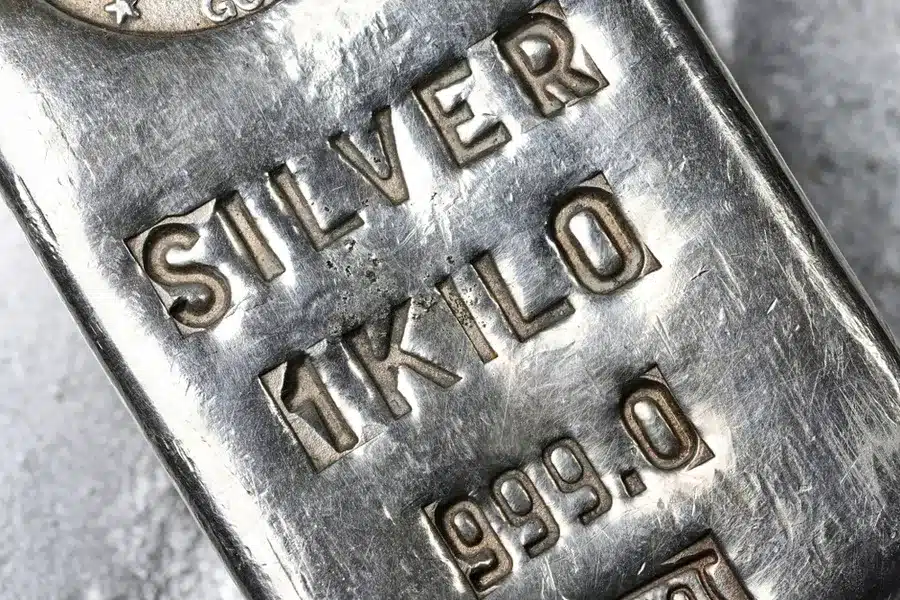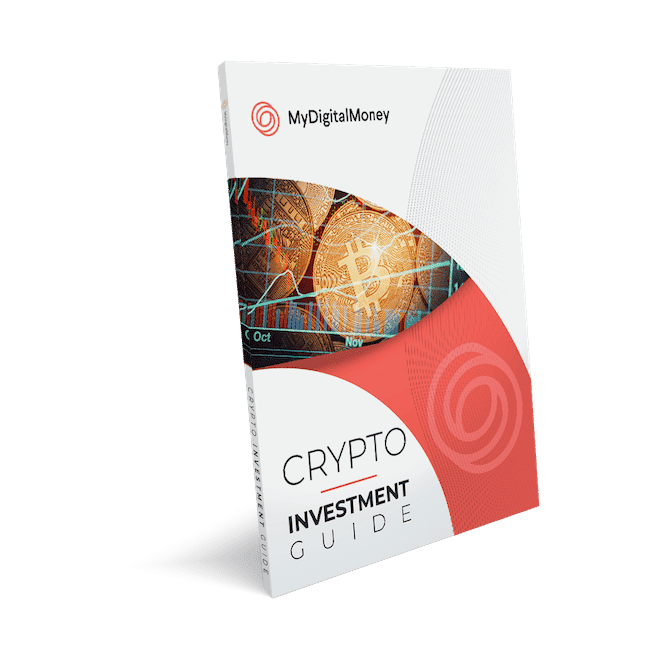Summary:
- Precious metals include gold, silver, and platinum
- Each offers unique benefits and risks
- Gold is a hedge against inflation
- Silver has industrial uses (like solar panels)
- Platinum is rare and used in cars
- Invest via physical metal, ETFs, or IRAs
- Adds diversity to your portfolio
If you’ve been looking to diversify your portfolio beyond stocks, bonds, or real estate, you may be wondering: What are precious metals, and how can I invest in them?
This beginner-friendly guide breaks down what precious metals are, the differences between gold, silver, and platinum, and why they can be valuable additions to your investment strategy.

What Are Precious Metals?
Precious metals are rare, naturally occurring metallic elements that hold high economic value. The most commonly recognized are gold, silver, and platinum, although palladium is also considered a precious metal.
So, what are considered precious metals? They are defined by their rarity, industrial applications, and role as a store of value. In volatile markets, they are often seen as safe-haven assets due to their resilience against inflation and market downturns.
What Are the Best Precious Metals to Invest In?
Each precious metal brings its own risks, rewards, and real-world uses. Here’s a breakdown to help you decide which might be right for you:
Gold
Gold is the most popular choice for metal investments. It’s known for its stability, especially during economic uncertainty.
Benefits:
- Stores value over long periods
- Easy to trade globally
- Often used to hedge against inflation
Risks:
- Gold prices can be volatile in the short term
- Generates no interest or dividends
Used in: Jewelry, electronics, and central bank reserves
Silver
Silver is more affordable than gold, making it a great entry point for new investors. It has a wide range of industrial applications, particularly in solar panels, electronics, and medicine.
Benefits:
- Lower price point for entry
- Dual value: monetary and industrial
- Higher growth potential due to demand
Risks:
- More volatile due to supply and demand fluctuations
- Heavier and bulkier to store in physical metal form
Platinum
Platinum is much rarer than gold or silver and has unique advantages.
Benefits:
- Used heavily in the automotive industry for catalytic converters
- Potential for high gains during economic booms
- Seen as more exclusive than gold
Risks:
- Prices are highly sensitive to industrial demand
- Less liquid than gold and silver
Used in: Vehicles, electronics, medical devices
What Are the Benefits of Investing in Precious Metals?
Whether you invest in gold, silver, or platinum, there are a number of strategic benefits to adding them to your investment portfolio:
- Hedge Against Inflation: Precious metals tend to retain or increase value as the dollar weakens.
- Diversification: They provide a counterbalance to traditional asset classes like real estate and stocks.
- Tangible Assets: Holding physical precious metals offers security that digital assets or paper stocks can’t provide.
- Global Demand: From solar panels to cars, global industries help drive precious metals prices.
How to Invest in Precious Metals
There are several ways to get started:
1. Physical Metal
You can buy gold coins, silver bars, or platinum bullion through reputable dealers. Be sure to factor in storage, insurance, and authenticity verification.
2. Exchange-Traded Funds (ETFs)
ETFs allow you to gain exposure to metal price movements without physically owning the asset. They’re highly liquid and ideal for more hands-off investors.
3. Precious Metals IRAs
You can also invest in precious metals through a self-directed IRA. This allows your metal investments to grow tax-deferred or tax-free, depending on the account type.
Risks to Consider
While the benefits are compelling, it’s also important to consider the risks:
- Price Movements: Precious metals prices can swing significantly based on geopolitical events, interest rates, and currency strength.
- Storage and Security: Holding physical metals means you’ll need secure storage, which can add to costs.
- Lack of Yield: Precious metals don’t pay interest or dividends, unlike stocks or bonds.
What Are Precious Metals Worth?
The spot price of precious metals is determined by global trading activity, and it fluctuates daily based on supply and demand, geopolitical tensions, and macroeconomic factors. For example, gold prices often rise when interest rates fall or when economic uncertainty is high.
The Bottom Line
So, what are the precious metals to consider for beginners? Gold, silver, and platinum each offer unique benefits depending on your goals and risk tolerance.
Whether you’re looking to hedge against inflation, diversify your investment portfolio, or simply hold a tangible store of value, investing in precious metals could be a smart long-term move.
Still wondering, “What are precious metals worth in a modern portfolio?” The answer depends on your personal goals and market conditions—but one thing is clear: precious metals are here to stay.




